





Many indoor gardeners are reticent to try growing orchids using the excuse ‘I need a greenhouse to grow those flowers!'. Sometimes it is difficult to convince such people that not only can orchids be successfully grown on windowsills (all of my 100 or so orchids are growing on windowsills!), but it is actually more economical to grow them that way. By using windowsills, you eliminate the need for constructing a sunroom, atrium or greenhouse and the associated costs for heating and/or ventilating. The normal household temperature range of 15-25 C (60-80 F) is ideal for many orchids. By growing on windowsills, you are more likely to be ‘personal' with your plants, more easily spotting disease or insect outbreaks and being able to control them before they get out of hand. You are also more aware of ambient temperatures and the water needs for the plants. In greenhouses, the temperatures are more likely to fluctuate and keeping tabs on water requirements may be more hit and miss. The indoor grower is more aware of their plants environment since they are sharing the same space!
The Windowsill
By windowsill, I do not literally mean the windows ‘sill' or a bay window. In my house, I have 12" wide shelves placed immediately below several of my windows to act as the windowsill (my window's sills are only about 2" wide..good-luck balancing a pot on that!). Alternatively, you can place shelving units in front of patio doors or particularly large windows. Essentially, any space within 2-3 feet of a window, glass wall or door can be a potential growing area. You can even hang orchids from the ceiling as long as the plants themselves are next to the glass.
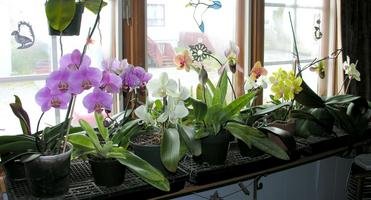
Humidity
Humidity, along with temperature, is a very important aspect to the successful culturing of orchids. It is well worthwhile to invest in a combination hygrometer-thermometer to monitor both of these conditions in your growing area. If your home has a natural humidity level of at least 50%, then you are off to the races, so to speak. The ideal range is 50-70%. If under 50%, then try growing you orchids over (not in) trays filled with water. Place the orchids on top of eggcrate or stiff wire mesh. This makes watering easy as you can let the water pass through the pots and gather in the trays (refer to the adjacent picture which illustrates how I use these trays). Stagnant, humid air is not good. If you suspect your air movement is lacking, then invest in a small fan directed at the window to help move the air about.
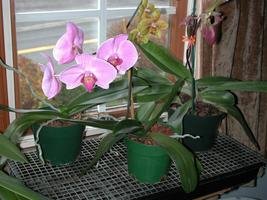
Light
There is no doubt that a greenhouse is superior to a window in regards to light levels. Some orchids naturally require full sun, even in the tropics, to bloom well. Indoors, it may be challenging to grow such orchids unless you have large, unobstructed, south-facing windows (for those of us in the northern hemisphere). Cattleya, Cymbidiums and Vanda are examples of such orchids. However, many orchids are quite happy with early morning or late afternoon sun such as from an east or west window. Oncidium, Odontoglossum, Miltonia, slipper orchids and Phalaenopsis are examples of such orchids. Indoor growers in warm summer areas can place their orchids outside in summer, in dappled shade locations. Even north windows are suitable for the shade loving orchids such as many jewel orchids, Masdevallia and Pleurothallis.
Watering
There is no easy way to tell a person how much water they should give their orchids. It varies from growing area to growing area and what type of orchid you are growing. The media should be allowed to dry a little between watering...that might mean watering once every 3-4 days during warm sunny weather or as little as every 10 days during cool, cloudy weather. Of course there are exceptions. Many Phragmipedium need constantly wet media to do well. I think it is safe to say that more orchids die from over-watering than under-watering. The main thing to remember is not to use ice-cold water on orchids (warm the water to near room-temperature) and don't let the orchids sit in water. Many growers will tell you to use reverse-osmosis water or rainwater as orchids are sensitive to many of the chemicals used in our municipal treated water.
Pots, Growing Media and Fertilizers
For the novice grower, plastic pots are more forgiving than clay. Clay pots will dry faster and require more careful monitoring than plastic. Plastic pots are also lighter and cheaper. Mounted orchids, while the most naturalistic, are NOT suggested for the novice as they require very careful attention to watering. Similarly, wooden baskets are not easy for the novice either. Until you become more comfortable around growing orchids, stick to plastic pots.
Do not overpot...orchids appear to bloom better if their roots are snug in the pot. Repotting should be carried out at least every 2 years. Do this when new growths and roots are evident (mostly in spring). Don't worry if roots grow over the edge of the pots...that's a sign they are doing well!
The most popular media is chopped fir or redwood bark. I like to use a mix of fine to medium bark, charcoal, perlite and fresh sphagnum. The media should be free-draining, light and somewhat fluffy as orchids require excellent oxygenation at the roots.
Fertilizing should be weakly, weekly! Use water-soluble fertilizers such as 20-20-20 or 30-10-10 at 1/4 the recommended rate. I fertilize for three consecutive waterings then on the fourth watering I use plain water. This helps to prevent excess fertilizer salts from building up in the media. I do not fertilize from mid-November to early February since in my area, the plant are mostly resting then. In warmer areas, you can fertilize year-round.
Temperature
The temperature of your growing area will be main deciding factor, along with light levels, for which groups of orchids will do best for you. As a rule, orchids fall into three temperature growing regimes: cool growers (about 10 C or 50 F minimum at night), intermediate (about 15 C or 60 F night minimum) or warm-growing (above 18 C or 65 F at night). The day temperatures should be at least 5 C or 10 F warmer than the nights. Remember that the temperature next to a window in winter can be significantly colder than the surrounding room temperature. Here is where a hi-lo thermometer would be indispensable.
Orchid Selections:
The following is a list of the main orchid groups and their ‘general' requirements; remember there are exceptions to these generalizations! Now to boggle the mind with the fantastic diversity of the ultimate houseplant!
Cattleya and associated hybrids - intermediate temps, high-light
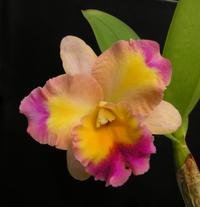
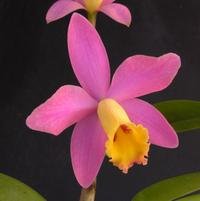
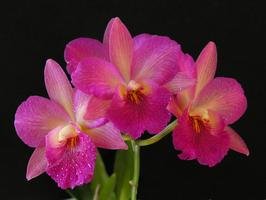
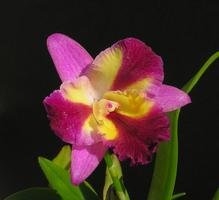
Cymbidium - cool to intermediate temps, high light
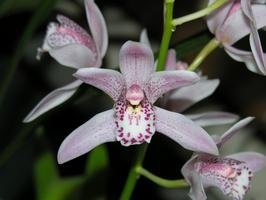
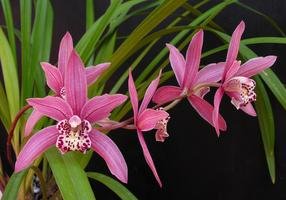
Dendrobium (evergreen) - intermediate to warm temps, high light
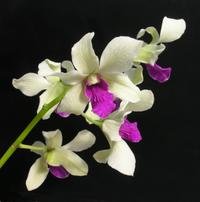
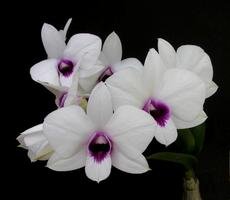
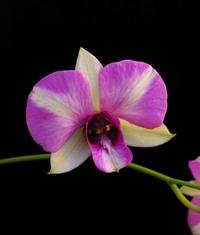
Miltonia - cool to intermediate temps, moderate light
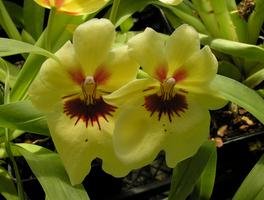
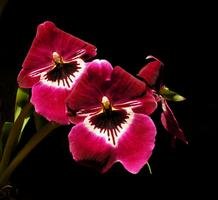
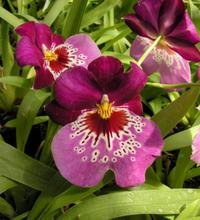
Odontoglossum and associated hybrids - cool to intermediate temps, moderate to high light
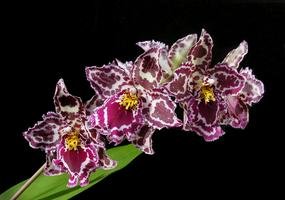
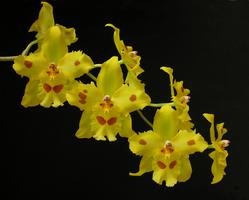
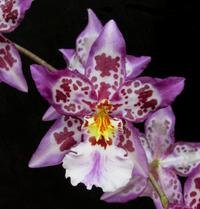
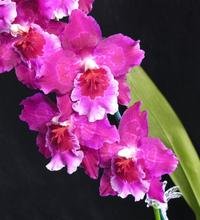
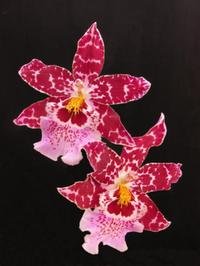
Oncidium and associated hybrids - intermediate temps, moderate-high light
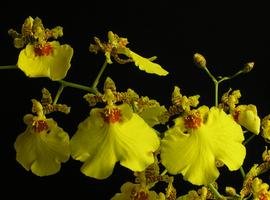
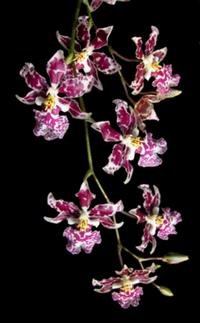
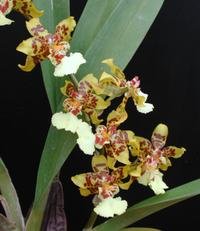
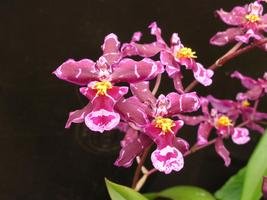
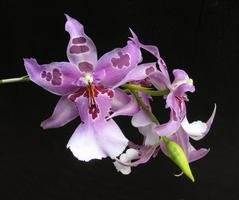
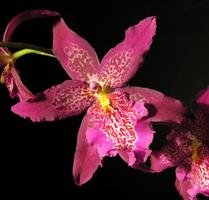
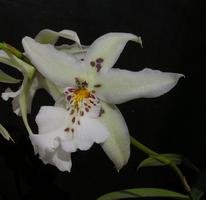
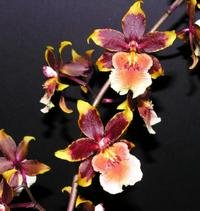
Phalaenopsis and associated hybrids - warm temps, moderate light
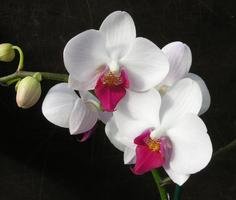
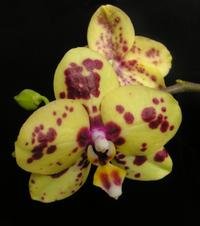
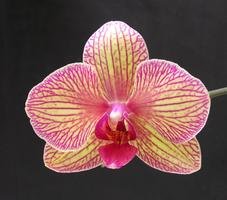
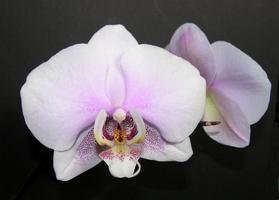

Slipper Orchids (Paphiopedilum/Phragmipedium) - intermediate-warm temps, moderate light
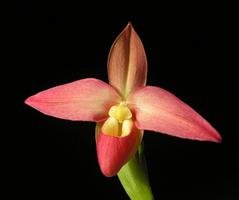
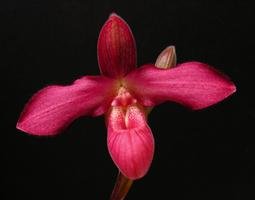
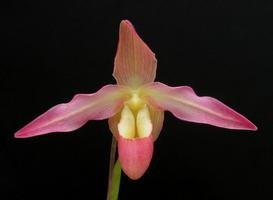
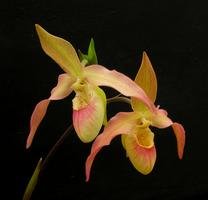
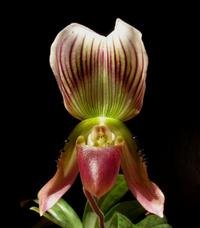
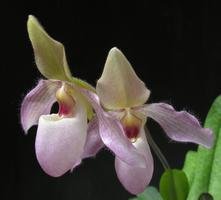
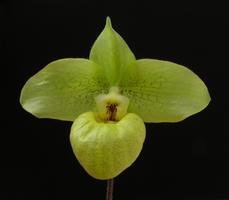
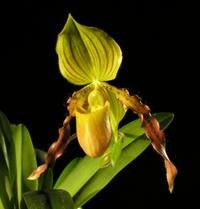
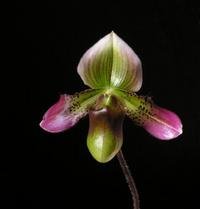
Vanda/Ascocenda and associated hybrids - warm temps, high-light
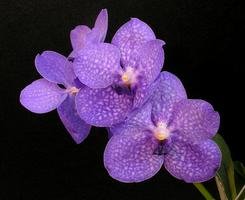
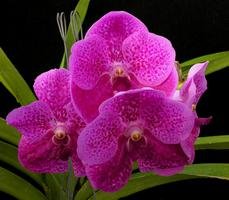
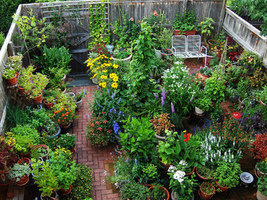
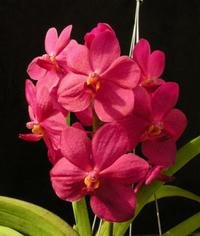
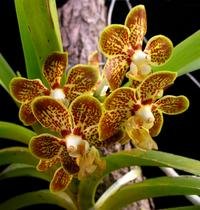
Copyright © www.100flowers.win Botanic Garden All Rights Reserved